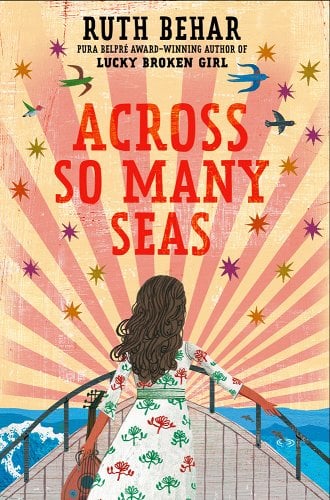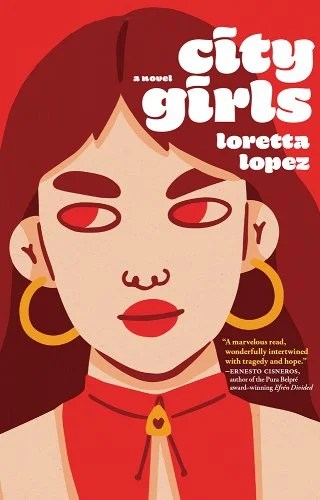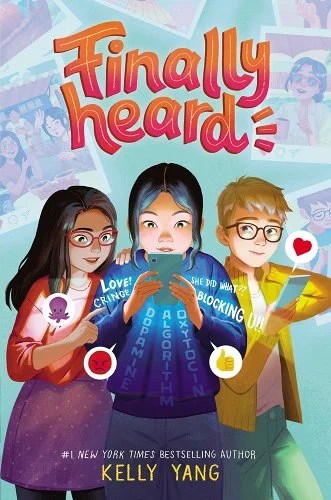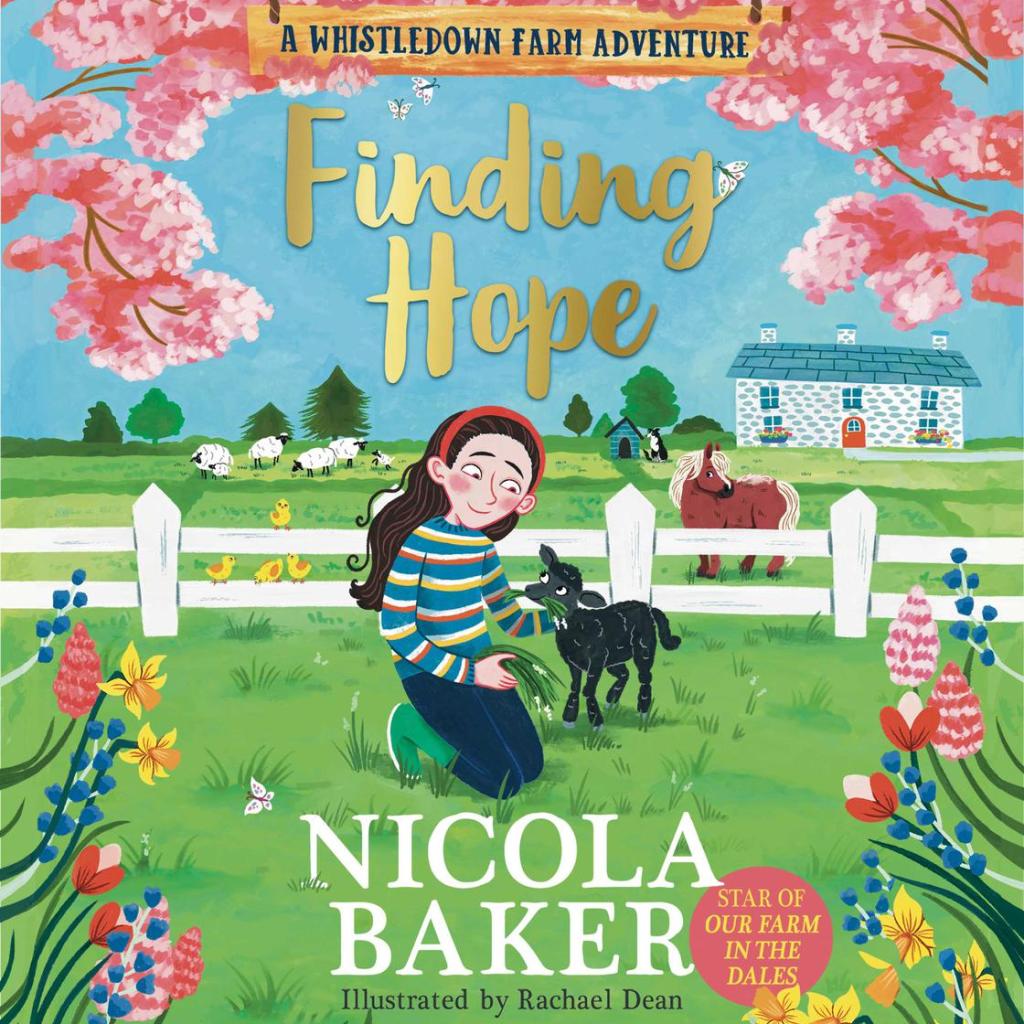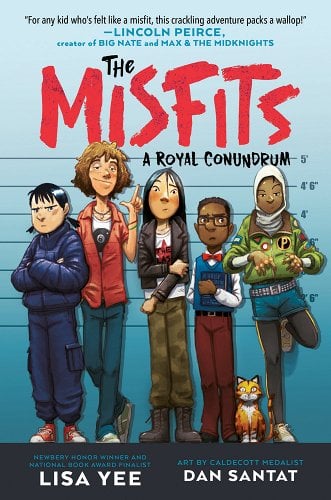by Ernest Cline
First sentence: “Once upon a time down here in Texas, in part of the Lone Star State known as the Hill Country, hidden at the edge of a rolling green forest, there was this bold old beautiful cave.”
Support your local independent bookstore: buy it there!
Content: Some younger kids might be turned off by the references, though there are illustrations, and it’s not overly long (or dealing with crushes or puberty!). It’s in the Middle Grade (grades 3-5) section of the bookstore.
To understand the tall tale part of this book, you kind of need to know the history (which Cline helpfully puts in the back of the book). In 1982, the city of Austin re-did and expanded the Congress Ave bridge, so that it could expand and contract with the weather better. Soon after this, a bunch of Mexican free-tailed bats took up residence, and by 1984, the population had grown to over a million.
This is Cline’s version of how the bats got there. It involves a girl named Opal Flats, from Lubbock, whose mother dies and whose uncle takes her in at the family farm in the Hill Country outside of Austin. The TV show Austin City Limits plays a role, as does ‘zines, former governor Ann Richards, and Willie Nelson. There’s also a pet armadillo, a flying saucer, and – oh, yeah – Opal can talk to the bats.
The subtitle of this one is “A mostly true tall tale” and that fits perfectly. Although it’s set in the 1980s and a lot of kids won’t get the music references (who’s Buddy Holly?!), I think it would make a perfect read-aloud. Cline says in the afterward that it’s based on a tall tale he’d tell his kids when they were small, and I think that’s the best way to approach the book. It feels like someone’s telling you a story, and I think it’s meant to be read aloud. It started slow for me, but the more I read, the more I liked it. It’s kind of silly, and it’s definitely over the top (the part where the bats – who also love music – discover ZZ Top, Run DMC, Selena, and Willie Nelson is pretty hilarious). But it’s got a good heart, and in the end, is all about just accepting new things and having an open mind (oh, and corporations are bad).
You kind of have to love a book like that. Which I did.


